ROOF DAMAGE
1.
Inspection and Assessment
Overview:
Start by thoroughly inspecting the roof to assess the extent of water damage.
Details: Look for missing shingles, cracks, leaks, water damage, or structural issues. Document the damage and determine whether repair or replacement is needed.
2.
Preparation and Safety Measures
Overview:
Ensure the area is safe and prepared for roof repair.
Details: Set up ladders, safety harnesses, and barriers to protect workers and property. Remove loose debris, and cover any exposed areas to prevent further damage during the repair.
3.
Remove Damaged Roofing Materials
Overview:
Remove all damaged materials, such as shingles, flashing, and underlayment.
Details: Cut out any water-damaged plywood and replace it with new boards. Ensure the new decking is properly aligned and secured.
4.
Repair or Replace Damaged Roof Decking
Overview:
Repair or replace any damaged roof decking or structures.
Details: Cut out any rotted or damaged wood sections and replace them with new plywood or OSB. Ensure the new decking is properly aligned, and securely fastened.
5.
Install New Roofing Materials
Overview:
Install new underlayment, shingles, or other roofing materials.
Details: Begin by installing a waterproof underlayment, followed by new shingles or tiles. Make sure they are properly aligned and sealed to prevent future leaks. Replace or install new flashing around chimneys, vents, and edges.
6.
Inspection and Assessment
Overview:
Conduct a final inspection to ensure the repair is complete and done correctly.
Details: Check for any missed spots or potential areas for leaks. Use roof sealant around flashing, vents, and chimneys to ensure a watertight seal.
